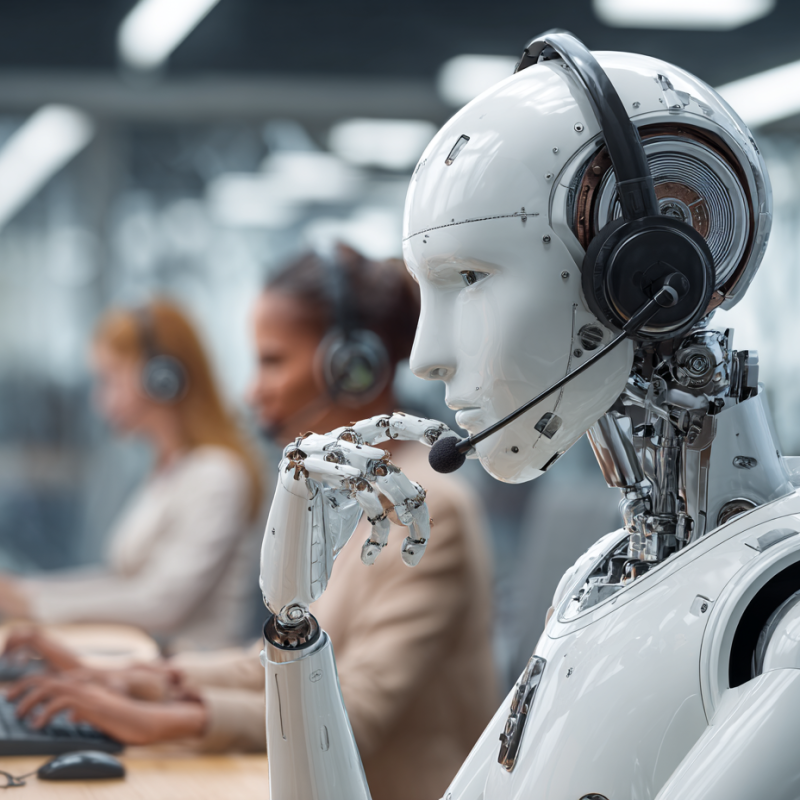In the world of AI-driven voice agents, speed isn’t just a luxury—it’s a necessity. Whether you’re building virtual assistants, customer support bots, or innovative voice-driven apps, delivering responses with ultra-low latency can make or break your user experience. So, how do you achieve blazing-fast performance? Let’s explore two leading approaches: leveraging real-time APIs and hosting models locally.
1️⃣ Real-Time APIs (e.g., OpenAI Realtime API)
Why choose real-time APIs?
With solutions like the OpenAI Realtime API, you get an all-in-one package that combines speech-to-text (STT), model inference, and text-to-speech (TTS) in a single pipeline. This approach is ideal for rapid prototyping and scaling your application quickly.
Pros:
- Minimal Setup, Easy Scaling: Simply connect to the API, and you’re up and running. Scaling to handle more users or requests is as simple as increasing your usage limits.
- All-in-One Processing: Speech recognition, AI reasoning, and voice generation happen in one seamless step, minimizing latency and complexity.
- Continuous Improvements: APIs are regularly updated with the latest advances in AI, so your voice agent benefits from cutting-edge technology without any extra effort on your part.
Cons:
- Internet Dependency: Your application relies on a stable internet connection to communicate with the API, which could be a limitation in some environments.
- Ongoing Costs: Usage fees can accumulate quickly, especially with high traffic or frequent usage.
- Data Privacy: Audio and text data are sent to external servers, which may be a concern if you’re handling sensitive information.
2️⃣ Locally Hosted Models (e.g., Ollama, Whisper)
Why go local?
Running models like Whisper or those managed with Ollama on your own hardware puts you in full control. This is a great option for organizations that prioritize data privacy or need to operate in offline or restricted environments.
Pros:
- Maximum Privacy: All processing happens on your own servers or devices, ensuring that sensitive data never leaves your control.
- No External Dependencies: Your voice agent works even without an internet connection, making it reliable in any setting.
- Cost Control: While there’s an upfront investment in hardware and setup, you avoid ongoing API fees, which can pay off in the long run.
Cons:
- Resource Intensive: Modern AI models require significant computing power, so you’ll need robust hardware to achieve low latency.
- Complex Setup: Deploying, optimizing, and maintaining these models is more involved than using a managed API.
- Lag in Updates: You might not always have access to the latest model improvements unless you actively update and maintain your models.
Which Approach Should You Choose?
- If you need rapid deployment, easy scalability, and don’t mind relying on the cloud, real-time APIs are the way to go.
- If you value data privacy, want to work offline, or have the resources to manage your own infrastructure, locally hosted models offer unmatched control.
Both approaches have their place in the AI voice agent landscape. The best choice depends on your specific needs, resources, and priorities.
What matters most: Speed, privacy, or flexibility? The choice is yours!
#AI #VoiceAgents #LowLatency #OpenAI #Whisper #Ollama






